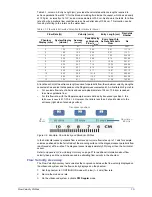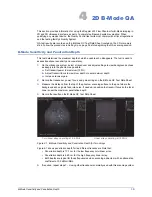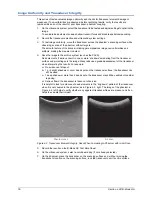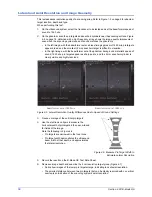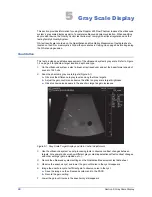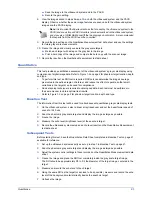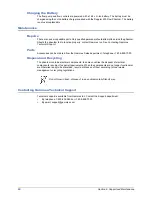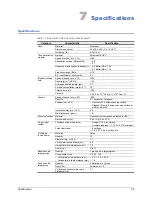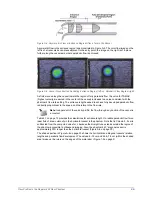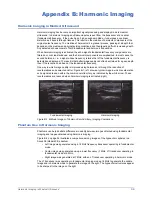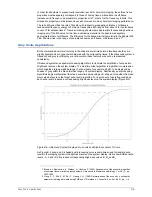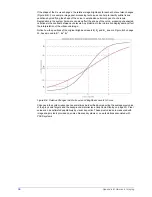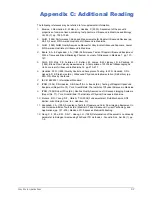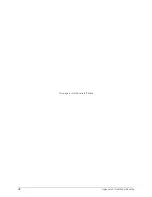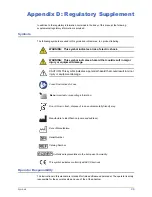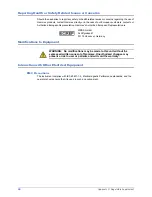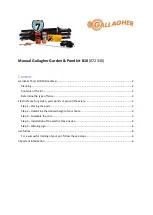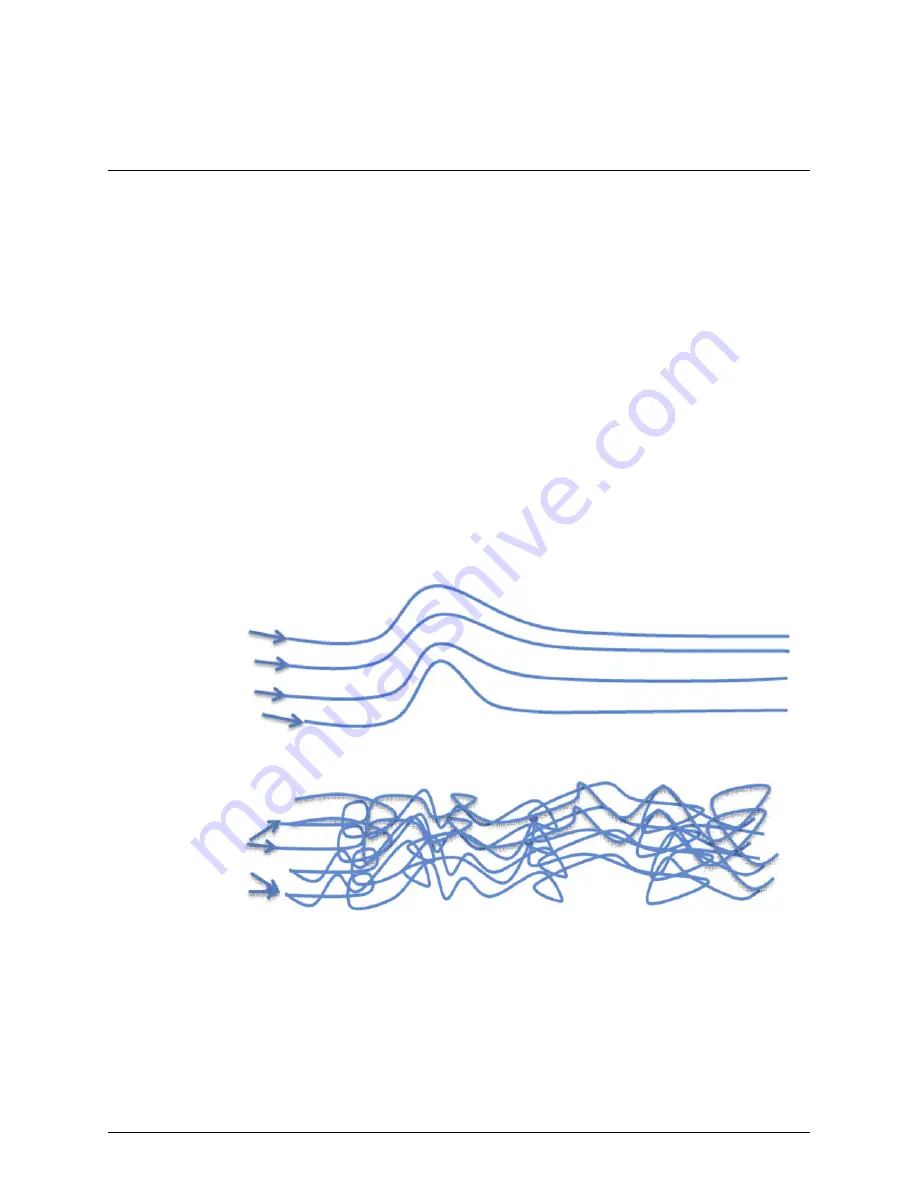
Flow Profiles in the Doppler 403 Flow Phantom
27
Appendix A: Flow Velocity Accuracy
Flow Profiles in the Doppler 403 Flow Phantom
Flow instruments produce physiological flow rate levels used to perform a full range of quality and
acceptance tests. Flow phantoms provide a realistic signal environment as a spectrum of velocities
is produced across the flow profile of a simulated vessel. Flow instruments can be calibrated in
terms of absolute flow rates. At locations in the phantom where parabolic flow conditions exist, the
maximum velocity can be estimated from the volume flow rate, for comparison with the velocity
displayed on the ultrasound system.
An accurate estimate of fluid velocity within a vessel, given the volume flow rate Q, depends on the
velocity profile at the measurement location. The volume flow rate can be represented by an
average velocity, v
mean
across the vessel area. For circular vessels, the calculation is:
where D is the inside diameter. Under conditions of parabolic flow, the relation between the mean
velocity and v
max
, the maximum or peak velocity in the center of the tubing, can be calculated as:
However, parabolic flow conditions do not always exist in a confined flow circuit. In laminar flow,
streamlines never cross, and they do not change direction over time (Figure A-1).
Figure A-1. Laminar Flow
Figure A-2. Turbulent Flow
The degree to which the flow can be expected to be laminar can be expressed using the Reynold’s
number,
Re
, which is determined by the viscosity and density of the liquid, the flow velocity, and the
diameter of the vessel. The Reynolds number for a round vessel may be calculated using the
formula
Q
v
mean
D
2
----
2
=
v
max
2v
mean
2Q
D 2
2
-----------------------
8Q
D
2
-----------
=
=
=
Re
v
mean
D
=

